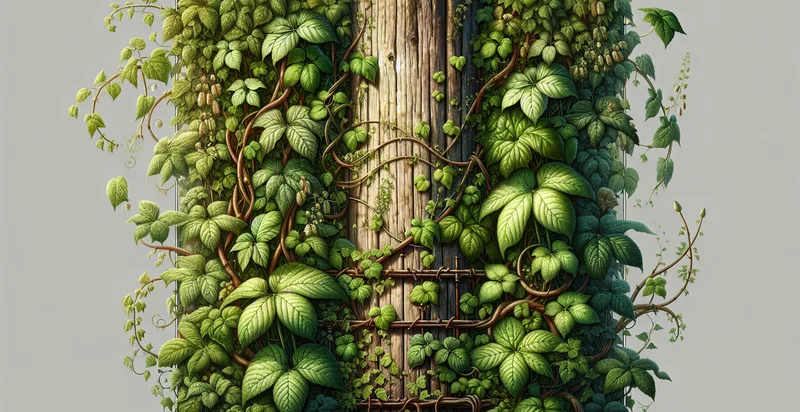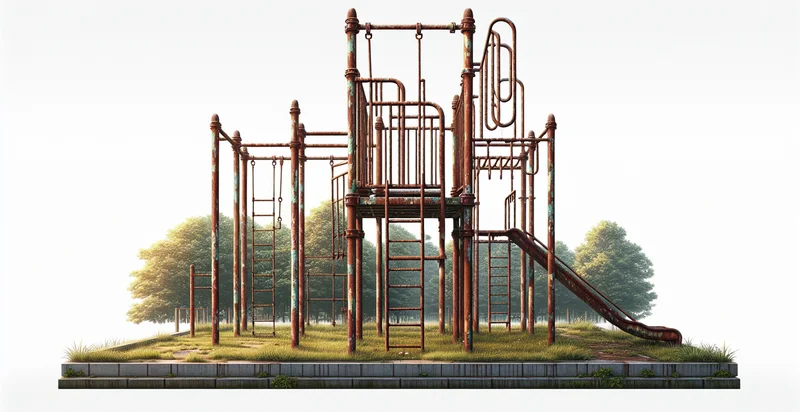Identify climbing plants
using AI
Below is a free classifier to identify climbing plants. Just upload your image, and our AI will predict if a plant is a climbing plant - in just seconds.

Contact us for API access
Or, use Nyckel to build highly-accurate custom classifiers in just minutes. No PhD required.
Get started
import nyckel
credentials = nyckel.Credentials("YOUR_CLIENT_ID", "YOUR_CLIENT_SECRET")
nyckel.invoke("climbing-plants", "your_image_url", credentials)
fetch('https://www.nyckel.com/v1/functions/climbing-plants/invoke', {
method: 'POST',
headers: {
'Authorization': 'Bearer ' + 'YOUR_BEARER_TOKEN',
'Content-Type': 'application/json',
},
body: JSON.stringify(
{"data": "your_image_url"}
)
})
.then(response => response.json())
.then(data => console.log(data));
curl -X POST \
-H "Content-Type: application/json" \
-H "Authorization: Bearer YOUR_BEARER_TOKEN" \
-d '{"data": "your_image_url"}' \
https://www.nyckel.com/v1/functions/climbing-plants/invoke
How this classifier works
To start, upload your image. Our AI tool will then predict if a plant is a climbing plant.
This pretrained image model uses a Nyckel-created dataset and has 2 labels, including Climbing Plant and Non-Climbing Plant.
We'll also show a confidence score (the higher the number, the more confident the AI model is around if a plant is a climbing plant).
Whether you're just curious or building climbing plants detection into your application, we hope our classifier proves helpful.
Related Classifiers
Need to identify climbing plants at scale?
Get API or Zapier access to this classifier for free. It's perfect for:
- Garden Center Inventory Management: This use case involves using climbing plant identification to help garden centers manage their inventory more effectively. By automating the identification of climbing plants, staff can streamline stock management, ensure proper labeling, and provide customers with accurate care instructions for each plant species.
- Landscape Design Services: Landscape architects can use the climbing plant identifier to create more informed and visually cohesive designs for clients. By accurately identifying climbing plants, designers can recommend suitable species that match the client's aesthetic preferences, as well as the environmental conditions of the site.
- Urban Greening Initiatives: Municipalities can employ climbing plant identification for urban greening projects aimed at enhancing biodiversity and aesthetic appeal in public spaces. By determining suitable climbing plants for various urban environments, officials can promote ecological sustainability while maximizing the benefits of vertical gardening.
- Agriculture and Crop Management: Farmers and agricultural consultants can utilize the climbing plant identifier to monitor crop health and identify invasive climbing plant species. This can help in making informed decisions for crop rotation, pest management, and organic farming practices, fostering better yields and sustainable agriculture.
- Environmental Research and Conservation: Researchers in botany and conservation can apply the climbing plant identifier to study ecosystem dynamics and biodiversity. By accurately identifying climbing plants in different habitats, they can assess species distribution and adapt conservation efforts to protect endangered climbing flora.
- Educational Tools for Botany: Educational institutions can implement climbing plant identification functions in their botany curriculum. This tool can enhance hands-on learning experiences for students, allowing them to engage with plant identification in real-world settings, thus deepening their understanding of plant biology and ecology.
- Home Gardening Apps: Developers of home gardening applications can integrate climbing plant identification features to assist novice gardeners. By providing users with recommendations for climbing plants suitable for their gardens, including care tips and compatibility with surrounding flora, these apps can promote successful gardening practices and user engagement.


